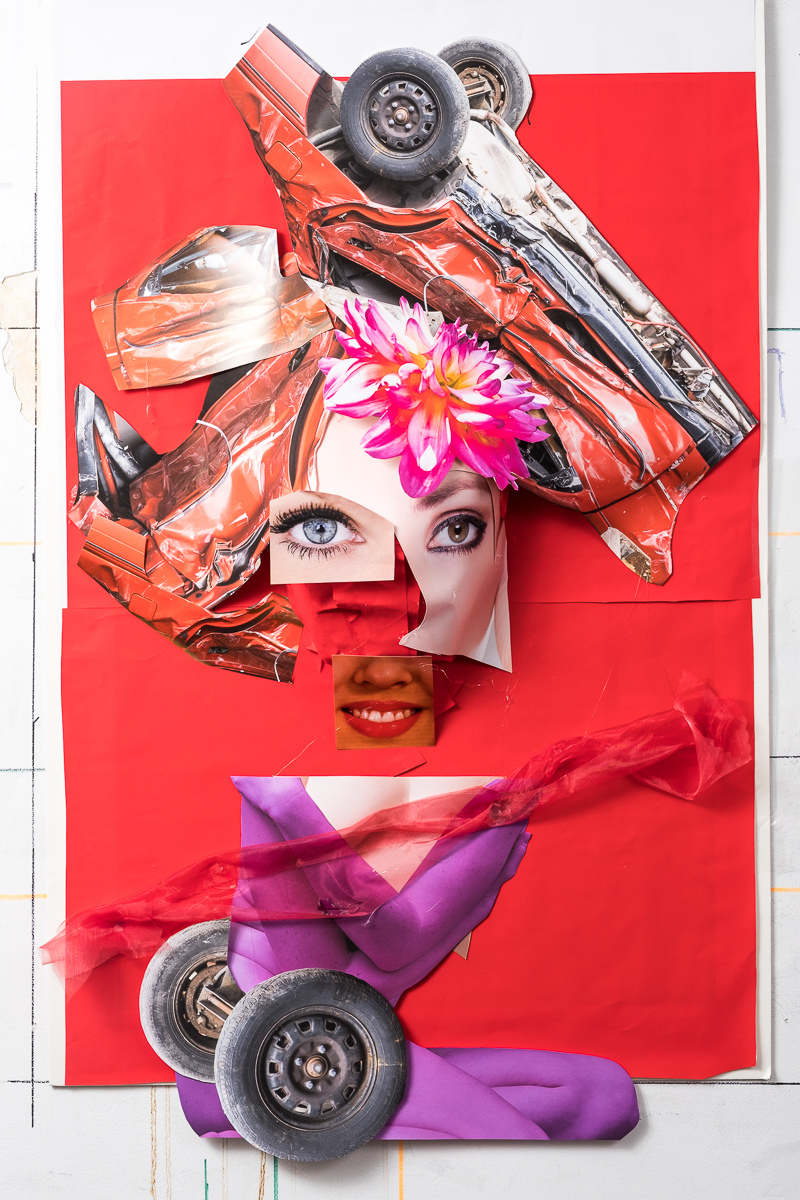Honorable Mention

Portraits
DESCRIPTION
PortraitsCurrent dominant corporate culture creates a powerful, universal norm of what it is to be feminine, beautiful, and desirable. Voices and desires of women are overridden by the overwhelmingly white male narrative and are under-represented in social, economic, and cultural spheres. An idealized visual identity of women's bodies becomes part of the battlefield for consumer dollars. Feminine voice and identity cannot take up their full measure. Males, by imposing their cultural values on women, disturb the balance possible between opposing masculine and feminine forces and create a caricature of nature.
The Western standard of beauty promises that when women conform to this dominant narrative, they will achieve a happy and successful life. Culture and the media exert such a powerful influence that women--and men--can unwittingly accept a system of beliefs and actions that is neither economically nor spiritually advantageous.
While we avail ourselves of the cultural riches of the world, we must remind ourselves that we inherit a culture created out of male dominance. Who are the beneficiaries of the cultural imperialism and exploitation of women? How is it that we unwittingly propagate these values, spending our lives being defined by words unspoken? How can I deepen into my own consciousness of these forces to foster change in the balance of power?
I want to add my voice to the call for gender equality in all aspects of society and culture. We must all recognize our complicity in the broader conditions of subjugation so that we can fight to achieve human equality.
AUTHOR
Bio John BarnardBorn in San Francisco - 1941, moved to NYC 1963, work and live in Brooklyn since 1971
Art School – SF 1961-63 – Painting, Drawing
BA – Studio Art - New York City College – 1969, studied with Jacob Lawrence
MFA - Painting - University of Washington, studied with Chuck Close – 1971
Early Background story:
My mother would take my brothers and me to the Sierras when I was a kid. She would tell us stories of going on extended hikes with Ansel Adams into the back county. She explained why his photographs were special. I didn’t understand at the time why this was so but landscape photography was to become a major pursuit later in life. It was when I was photographing in the Himalayas that I started to understand what he was trying to communicate.
My parents were friends of Imogen Cunningham and hired her to take family pictures of my brothers and me. During one occasion, in a park in San Francisco, a child suddenly appeared from behind the bushes. Cunningham spun around with her camera and before she could get the shot the child disappeared. I never understood what that moment was about until much later in my life.
Later:
In the sixties abstract expressionism had a strong influence on me: Hans Hoffman, Willem de Kooning, Pollack.
In the seventies the more formal abstract painters fascinated me: Frank Stella, Cy Twombly, Brice Marden.
In the nineties photography replaced painting as a way to express my ideas. I taught myself photography and use of 4x5 view camera.
Today:
I work entirely in digital format and strongly influenced by Abstract Expressionism.